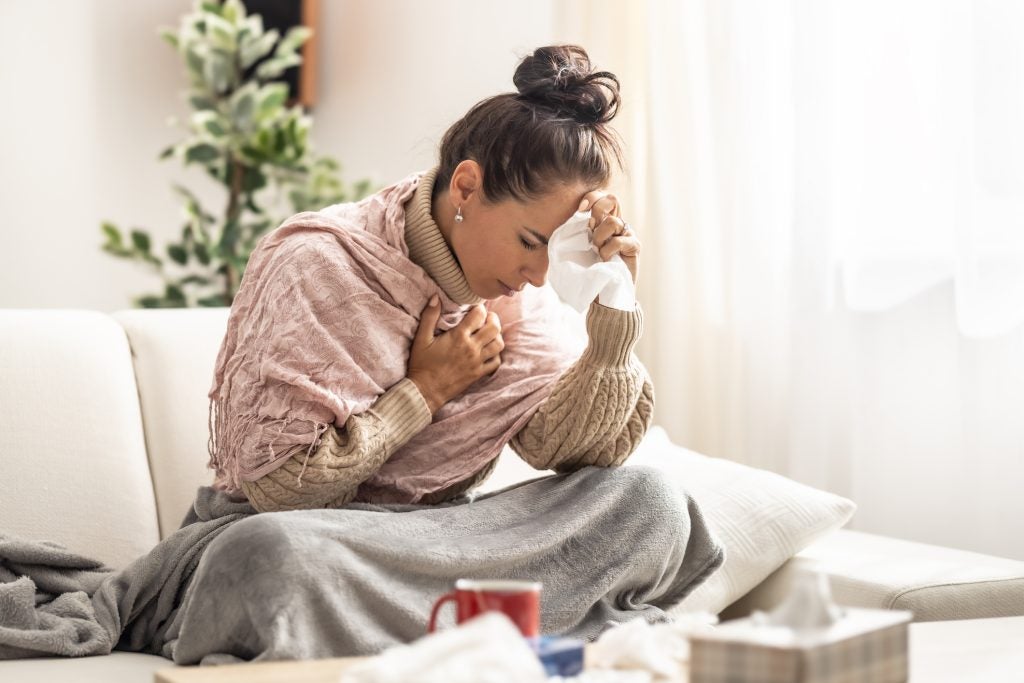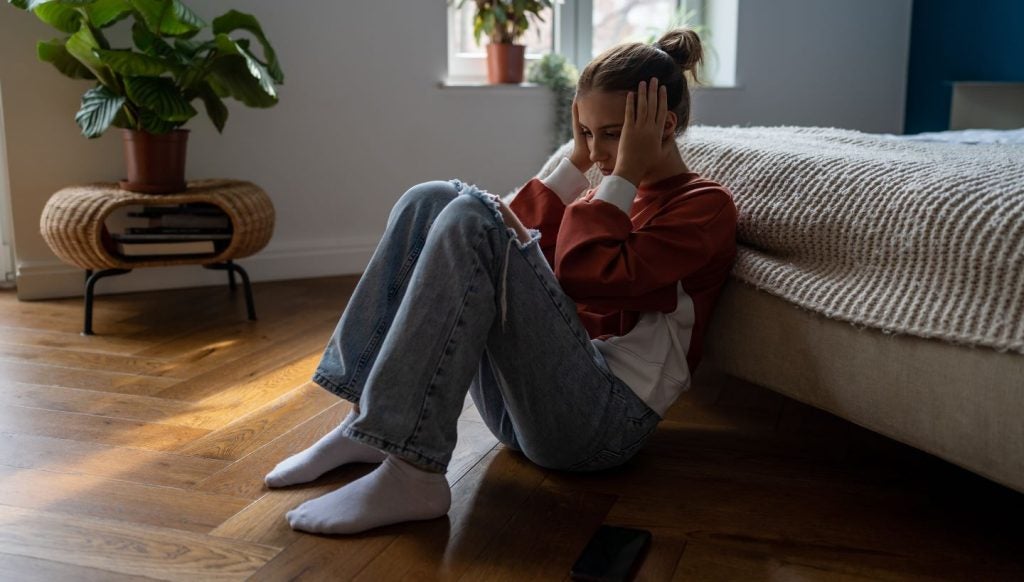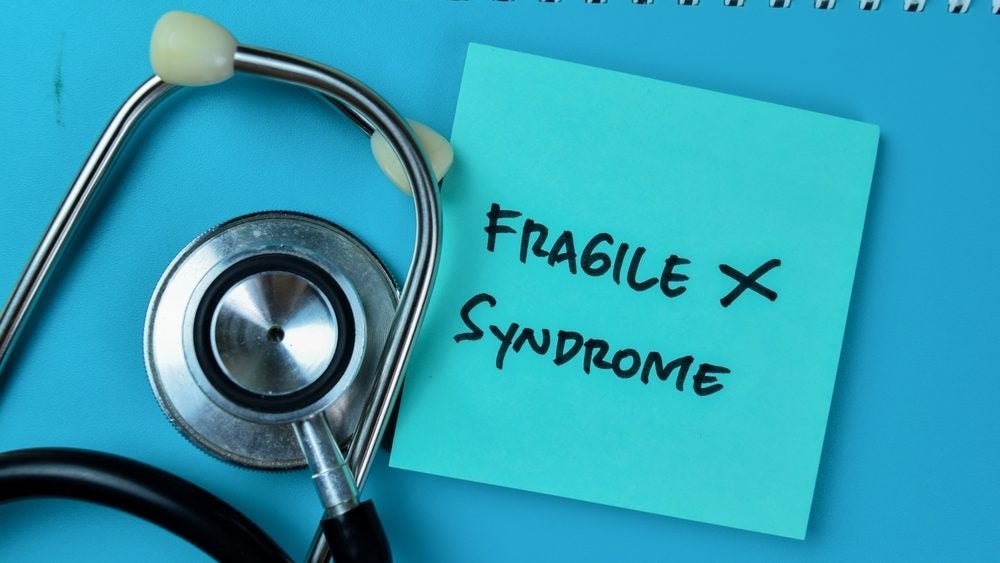Overactive bladder (OAB) is a condition that presents as a frequent and sudden urge to urinate. A number of factors may contribute to the onset of OAB, including, but not limited to, weak pelvic muscles, nerve damage, diabetes, medications, and excess caffeine or alcohol consumption. In the eight major pharmaceutical markets (8MM) (US, France, Germany, Italy, Spain, UK, Japan, and China), GlobalData epidemiologists found that only 10% of OAB cases will be diagnosed by the end of 2021, with China experiencing the highest number of undiagnosed cases due to the large number of OAB cases in this market.
In the 8MM combined, GlobalData epidemiologists forecast over 365 million total prevalent cases of OAB, of which only 51 million will be diagnosed by the end of the year (as shown in Figure 1). The forecast data indicates that approximately one out of ten individuals with OAB get diagnosed by a physician. This low diagnosis rate is being driven by many factors, including the fact that many individuals living with OAB are reluctant to ask for help because they may feel embarrassed. Additionally, it may be difficult for a patient to bring up symptoms with a healthcare provider or a patient may believe there are no treatments available. Finally, while OAB affects the performance of daily activities, there are usually no clinical signs upon physical examination of a patient, which presents further challenges to physicians making a diagnosis.

The accurate and timely identification of OAB cases in the primary care setting is critical for improving patient outcomes. A lack of discussion and education surrounding OAB silences the millions of individuals experiencing symptoms. This makes them more susceptible to social isolation, mental health issues, and severe urinary-related conditions. Future efforts should prioritise addressing the gaps in patient-physician communication, educating the public, and reducing the perceived stigma associated with urinary issues. This will help combat feelings of shame or embarrassment, and will instead encourage patients to seek the help they need.
How well do you really know your competitors?
Access the most comprehensive Company Profiles on the market, powered by GlobalData. Save hours of research. Gain competitive edge.

Thank you!
Your download email will arrive shortly
Not ready to buy yet? Download a free sample
We are confident about the unique quality of our Company Profiles. However, we want you to make the most beneficial decision for your business, so we offer a free sample that you can download by submitting the below form
By GlobalData






